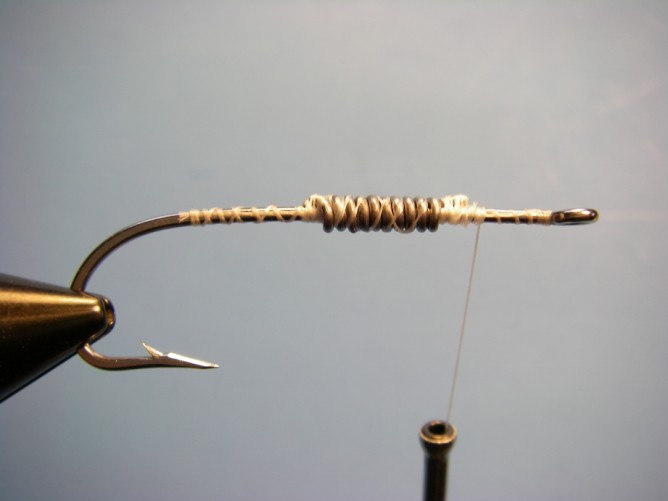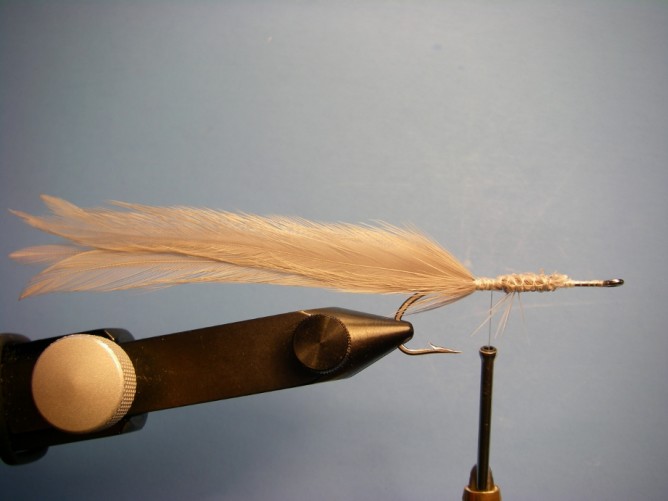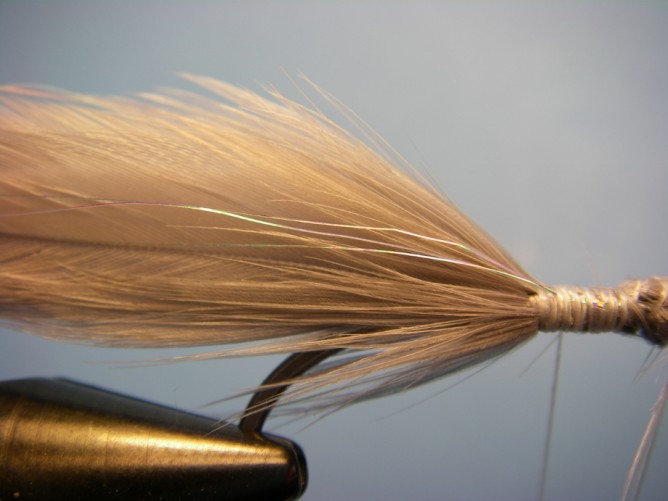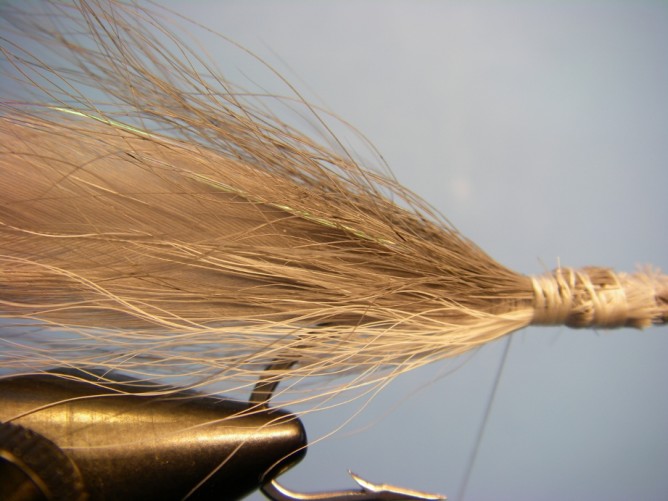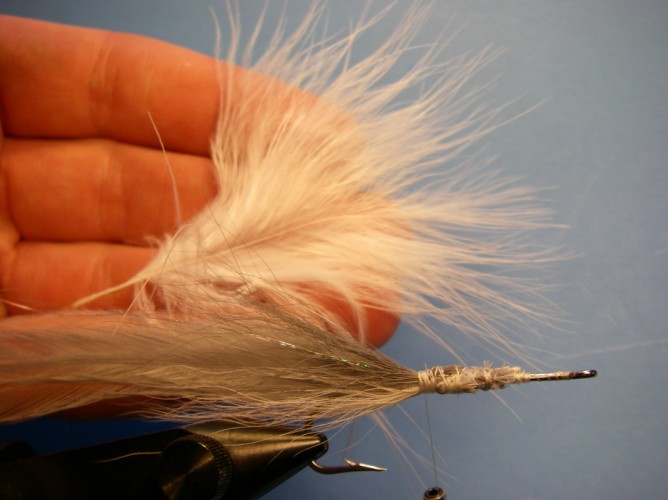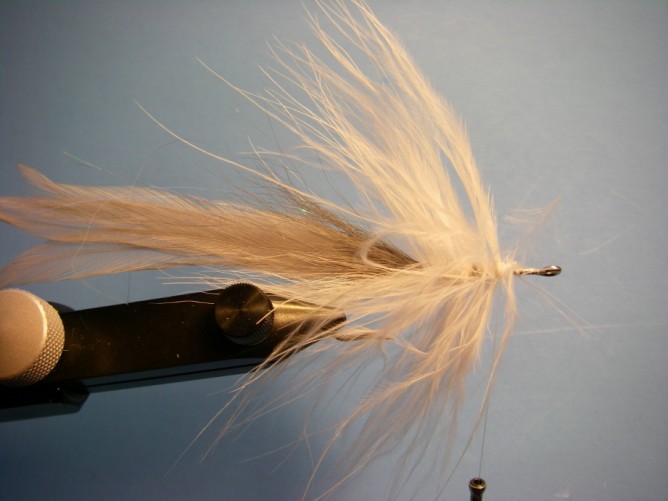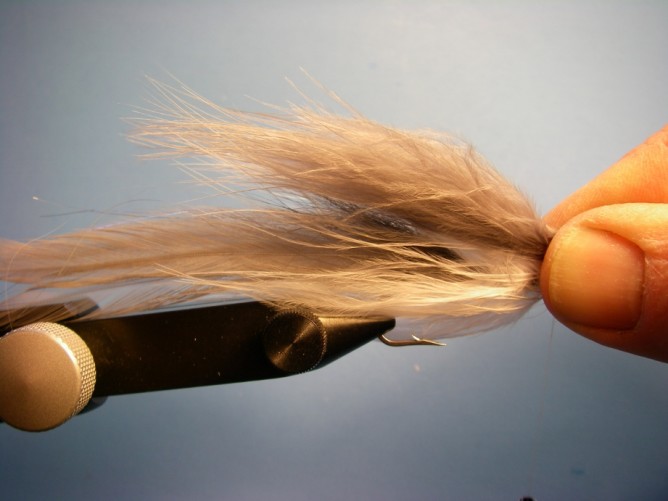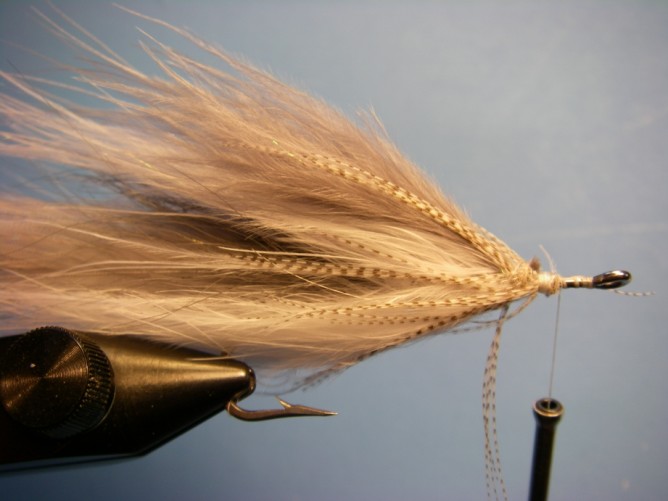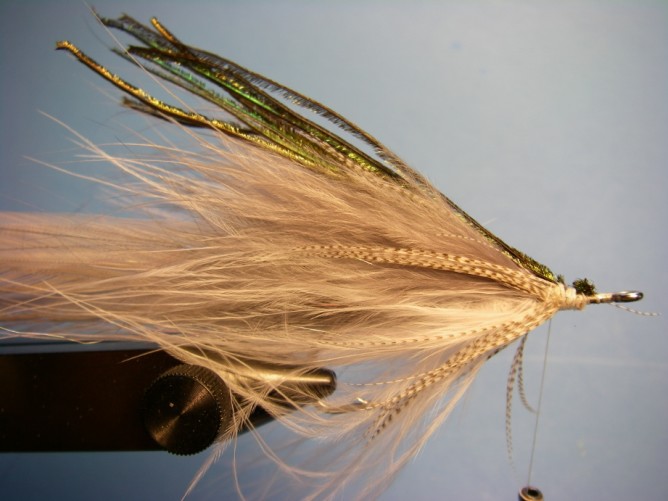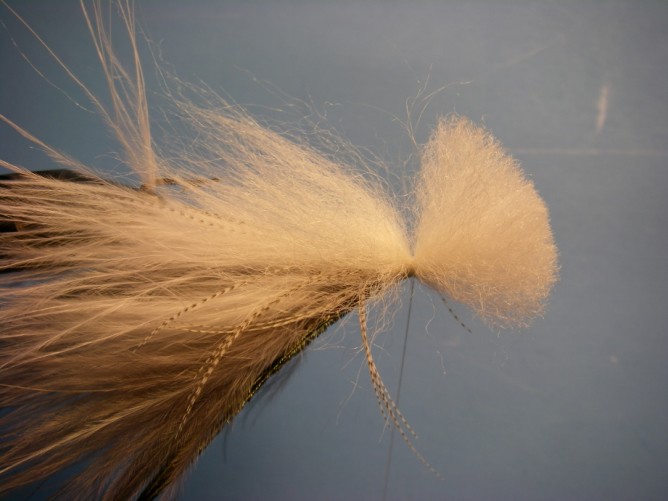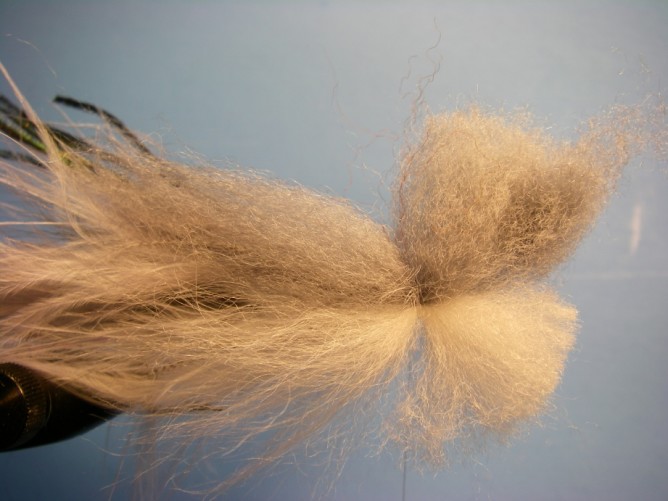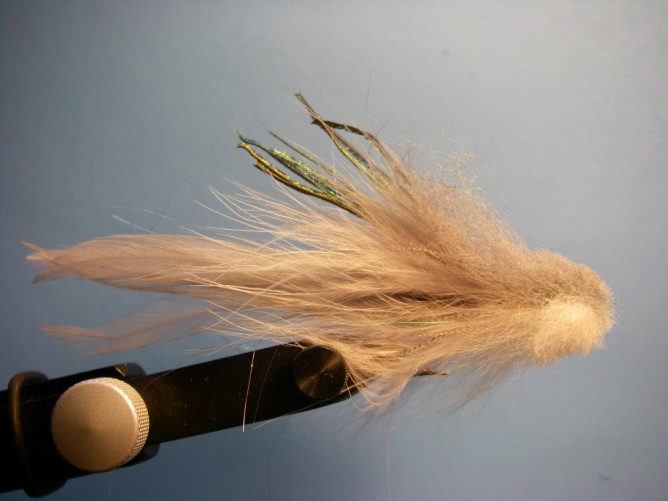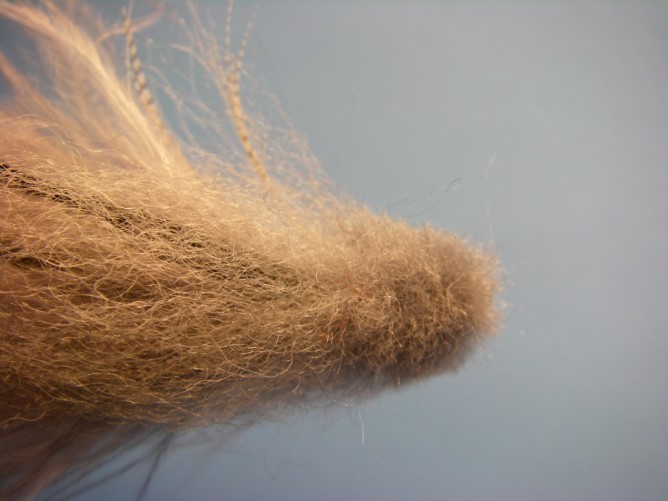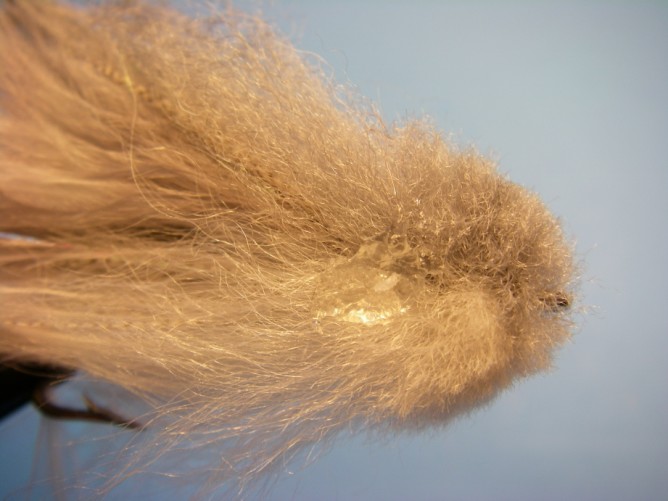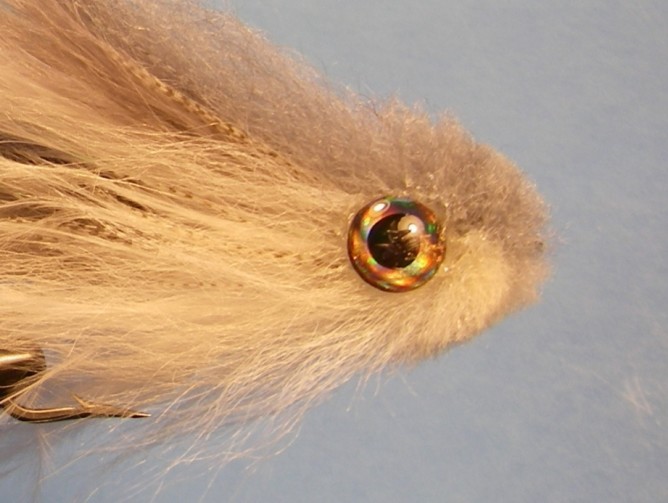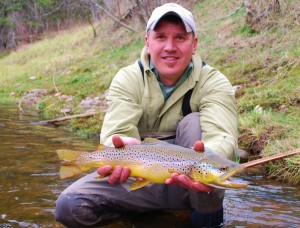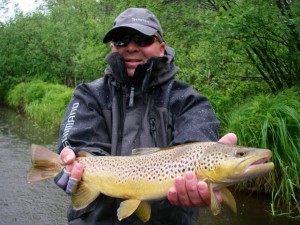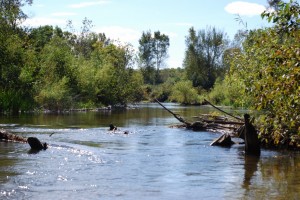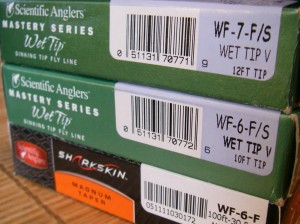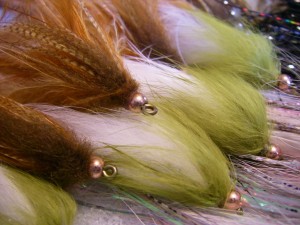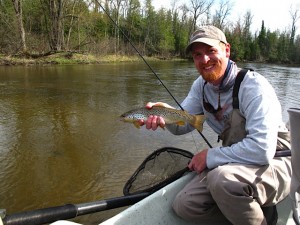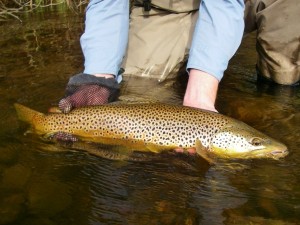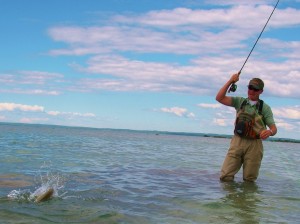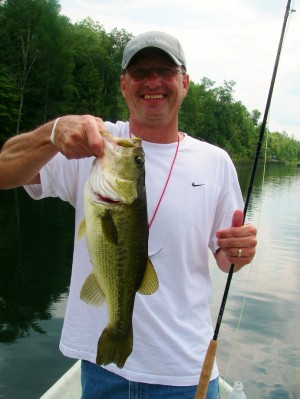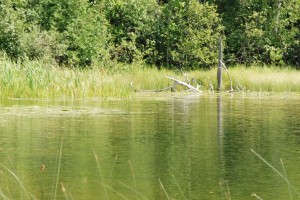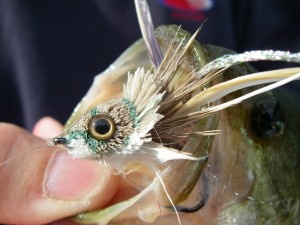Smallmouth Bass offer some of the best fishing when things get warm from mid-June through August. Whether you are an angler looking to improve your skills, or you’re an advanced fly fisherman looking for a fun day on the water, spending a half or full-day river on the Manistee River is for you.
Smallies are not only eager to please, but it’s mostly a visual presentation and grab, and they can really put a bend in the rod making them a great alternative to trout. And we fish for them in daylight without the use of headlamps. What’s not to like?
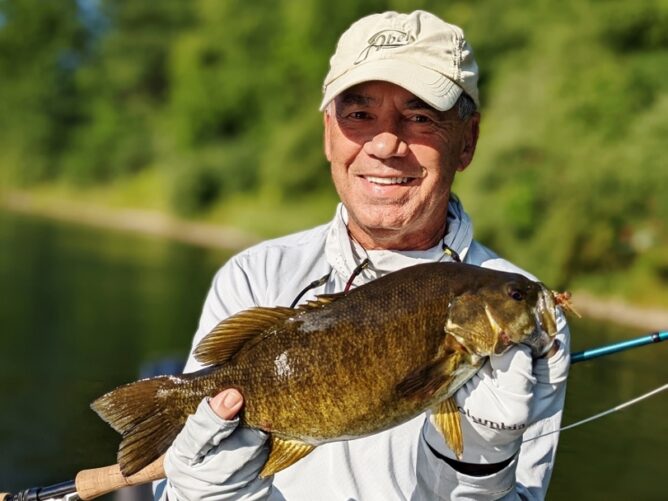 Method
Method
Fishing slow sinking-tip fly lines and a baitfish streamer or crayfish is usually the most effective technique, but there are days when they prefer it on top. Face it — fishing on the surface is a favorite for just about anyone who fly fishes. Sometimes they sip grasshopper/terrestrial patterns other times they explode on poppers — it’s always fun when they eat.
The Smallies’ wavering ways of choosing what and what not to eat is part of the fun as anglers work to solve the puzzle but its easier to do than with trout. And when it comes together the only one not smiling is the fish.
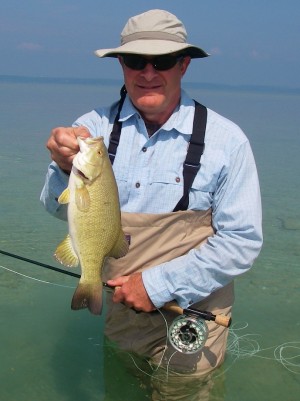 Bass on the Flats
Bass on the Flats
Those anglers looking for smallmouth on a flats setting should consider carp fishing in the Grand Traverse Bays as the two species share a lot of the same water. While stalking the “Golden Bones” of the bay, the smallmouth often provide opportunities some bass anglers never get. When conditions are right (late May and in June), the larger smallmouth bass come in shallow making them the primary target and focus of anglers with a fly rod.
Each year bass fishing TV programs and their hosts either discover or reveal what they have known for a while — that the fishing on Grand Traverse Bays for smallies is among the 10 best in the world.
Related Articles
- Smallmouth on the Bay
- River Smallmouth Fishing
- Smallmouth on Lakes


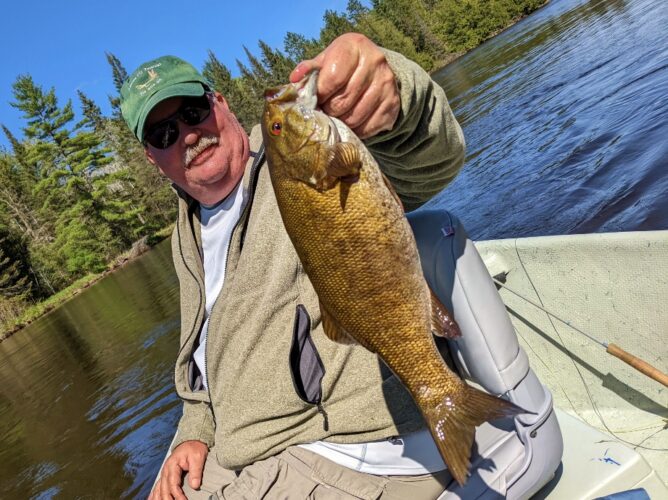
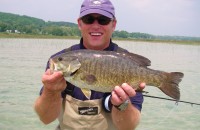
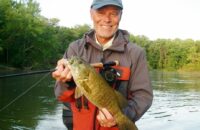
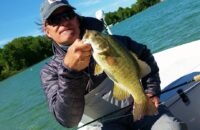

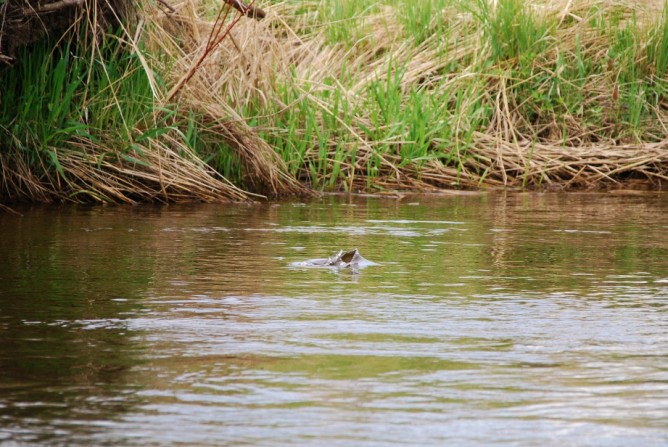
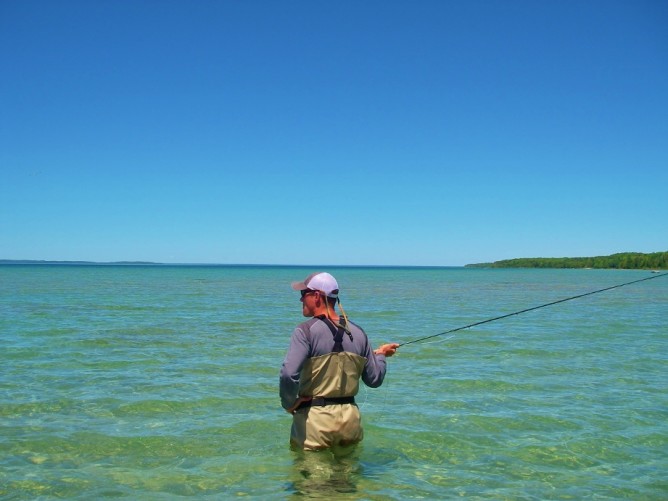
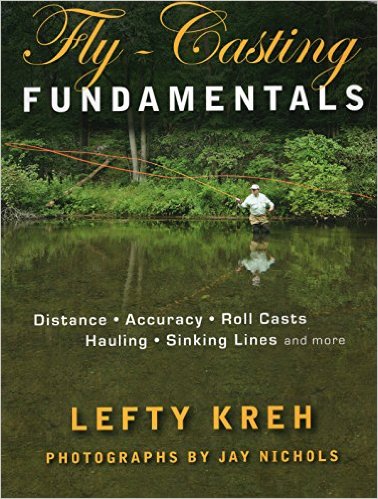
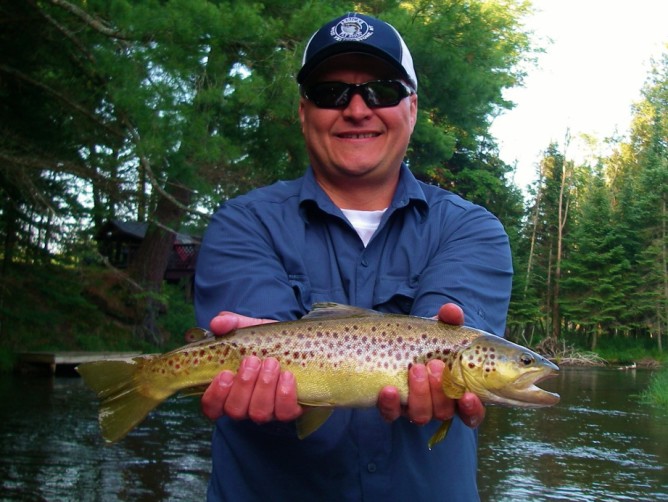
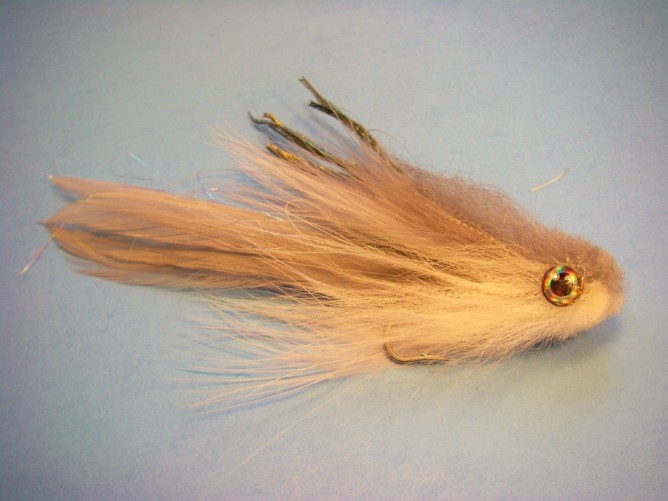
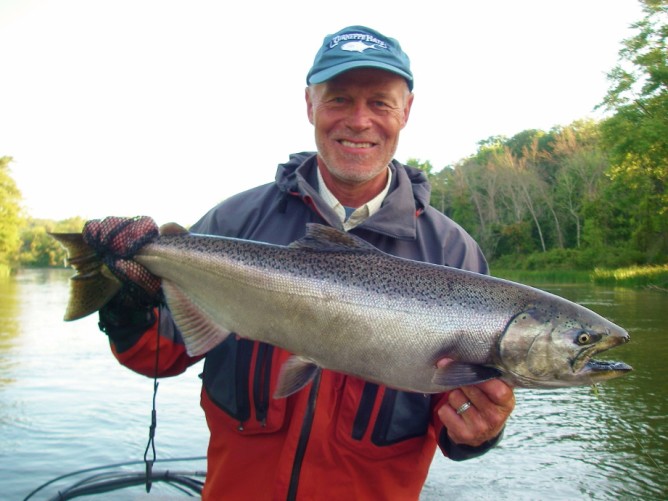
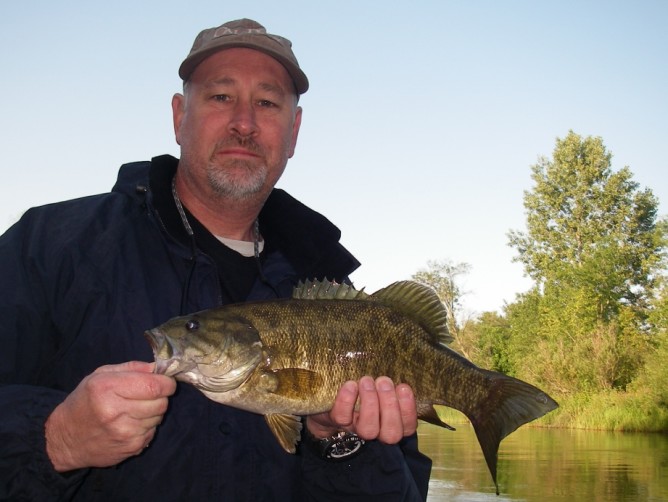
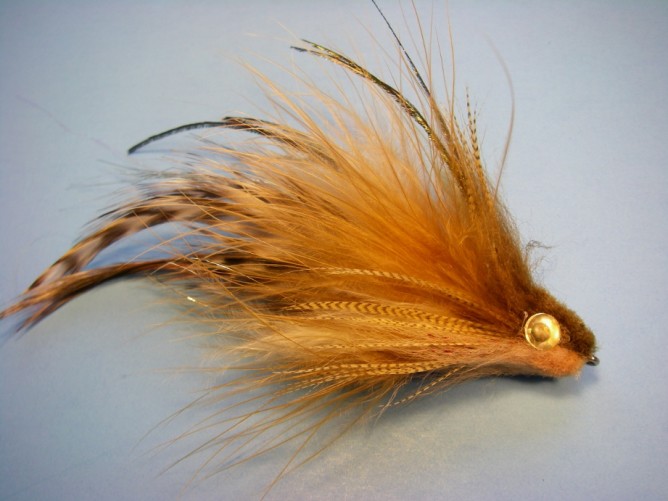 Hook: Mustad S74SNP #1
Hook: Mustad S74SNP #1